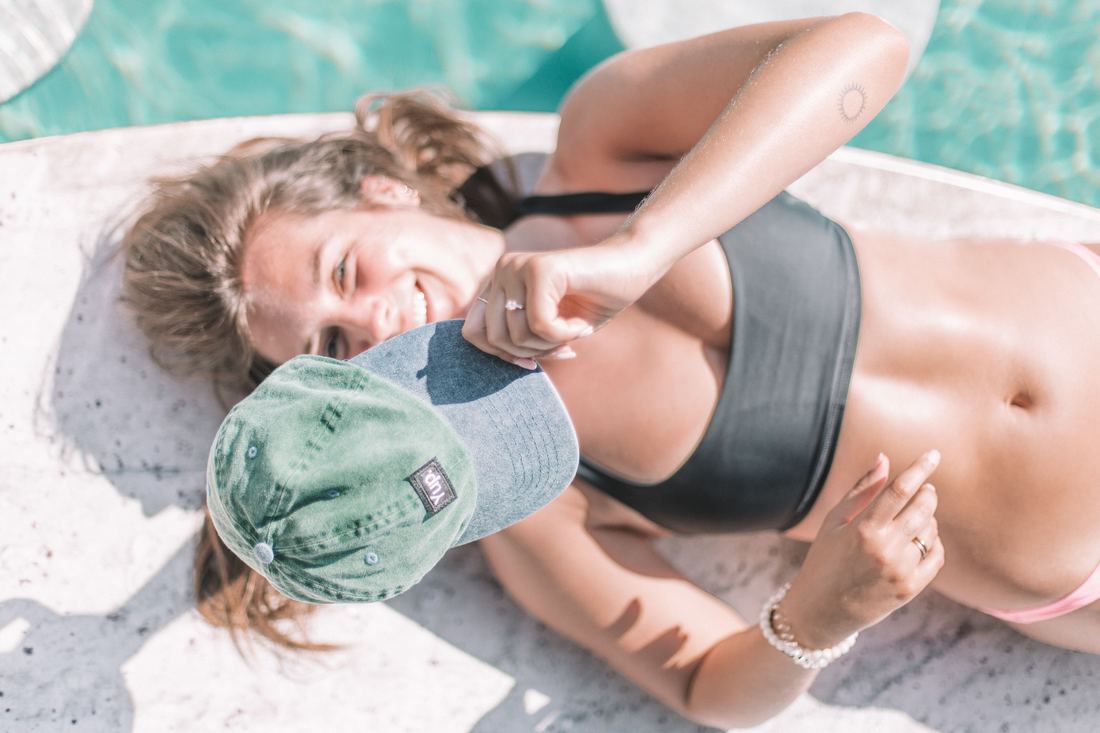With summer fast approaching, what better time for a quick refresh on SPF fundamentals? We all have experienced the first summer day sunburn, from over-exposing our pasty white skins after a long winter. No harm should come to you this summer if you follow these must-know & do’s.
UVs first
Australians are particularly aware of the role UV-rays have in fast-tracking skin-ageing and increasing chances of skin cancer. UV radiation is part of the natural energy produced by the sun. On the electromagnetic spectrum, UV light has shorter wavelengths than visible light, so your eyes can’t see UV, but your skin can feel it. Tanning beds also emit UV radiation.
Two types of UV light are proven to contribute to the risk for skin cancer and premature ageing:
-
Ultraviolet A (UVA) has a longer wavelength, and is associated with skin ageing.
-
Ultraviolet B (UVB) has a shorter wavelength and is associated with skin burning.
Ensuring your sunscreen protects you with a maximum UVA filter is extremely important, particularly from an ageing point of view as these rays penetrate deeper into the skin and through glass and are as strong in the winter as they are in summer. UVAs are the main cause of patchiness, spider veins, enlargement of blood vessels, increased darkening and collagen and elastin damage while UVB rays are those that cause burning. Your sunscreen should protect you from both, so look out for the symbols UVA/UVB or the words ‘Broad Spectrum’ when choosing your sunscreen.
Physical vs chemical
Physical filters (zinc oxide and titanium dioxide) create a reflective layer on the surface of the skin and deflect UV-rays like a mirror, while
chemical filters (everything else), absorb the UV energy and transform it into heat within the skin, increasing likeliness of skin redness and hyper-sensitivity.
Most experts still recommend sunscreens that contain physical filters as they offers both UVA and UVB protection and don't irritate sensitive skin. People4Ocean sunscreens exclusively use cosmetic grade, Australian TGA-approved zinc oxide to protect you from the sun. Zinc oxide provides excellent broad-spectrum protection and and unlike any other active ingredient, its concentration in a product has no limitation. It is also the EWG (
Environmental Working Group) nº1 ingredient for sun protection.
SPF explained
The SPF (Sun Protection Factor) of a sunscreen is a measure of how well it protects the skin from sunburn.
Sunscreens need to be applied liberally to achieve the SPF protection claimed on the label. It is recommended to wear sunscreen between SPF15 and SFF30 to give the correct level of protection on days
when the UV Index is forecast to be 3 or above. Anything below SPF15 gives very little protection.
Many Australians are surprised to learn that SPF50+ only offers marginally better protection than SPF30. SPF50+ filters out 98% of UVB radiation, while SPF30 blocks out 96.7% of UVB. Generally, it’s not essential unless you have a specific condition where SPF50/60 is recommended (e.g. hyper-pigmentation) but most skin cancer charities state SPF30 applied correctly and regularly is sufficient and limits the concentration of sunscreen chemicals the skin is exposed to, particularly sensitive skins and children.
According to the Therapeutic Goods Administration (TGA), the government body which regulates therapeutic sunscreens in Australia, SPF50+ and SPF30 sunscreens offer the same UVB protection – the difference is in SPF50 sunscreens' extra UVA protection. UVA is believed to be the main culprit for long-term sun damage, so SPF50 sunscreens offer a slightly greater amount of UVA protection.
No matter what you choose, the TGA recommends reapplying sunscreen liberally every two hours. Use at least one teaspoon for each limb and the front & back of your torso, and half a teaspoon for your face, ears and neck.




